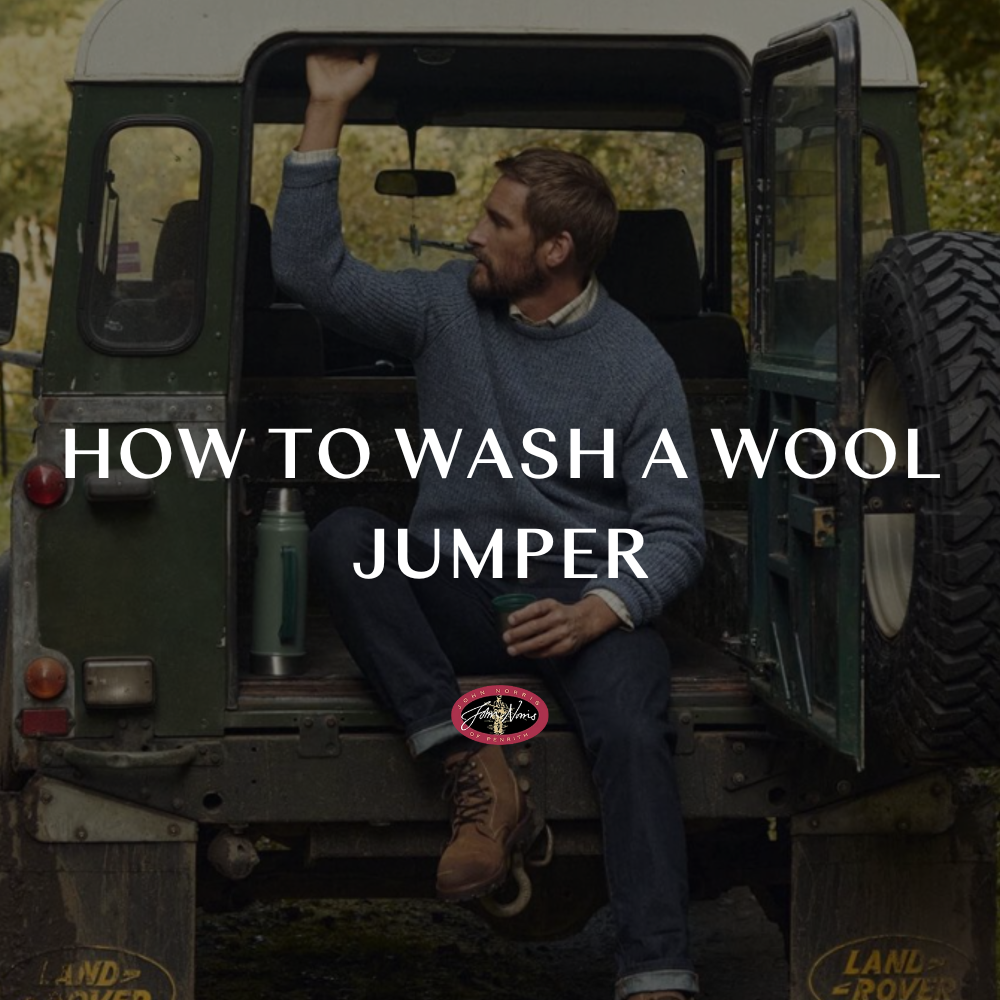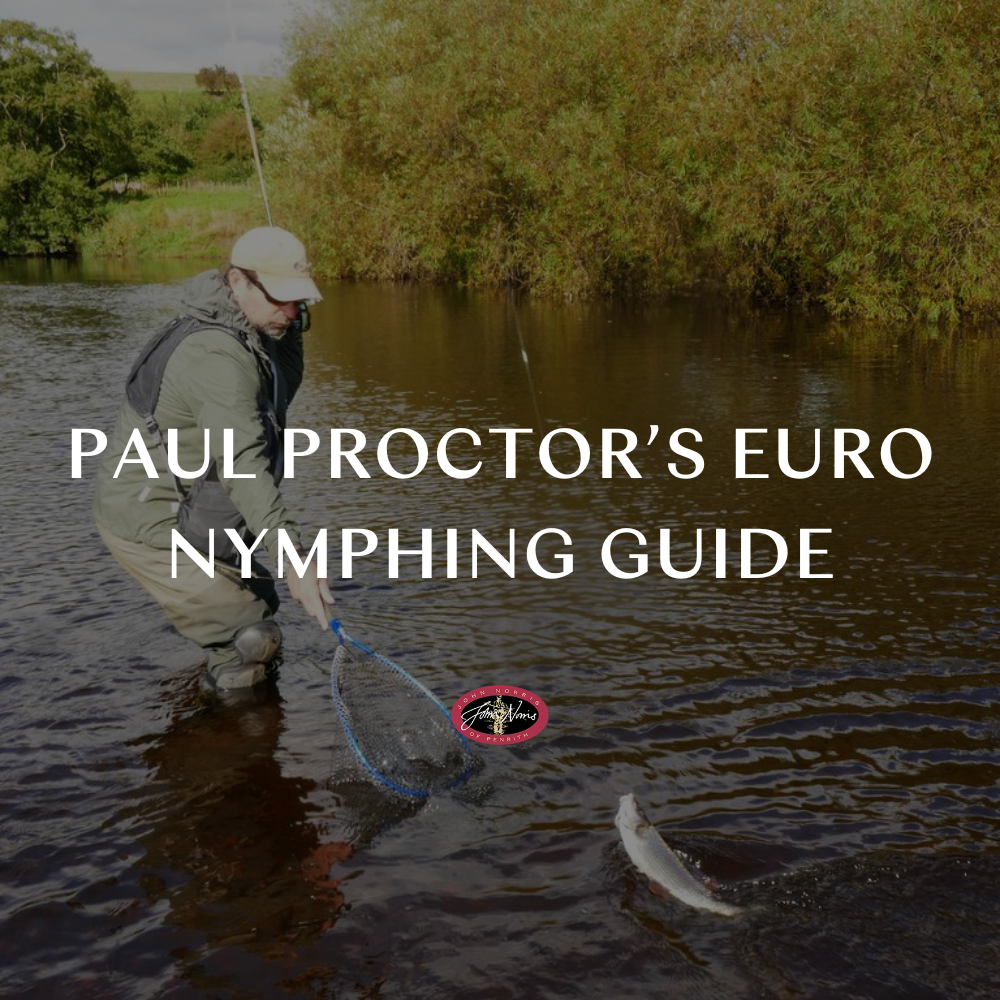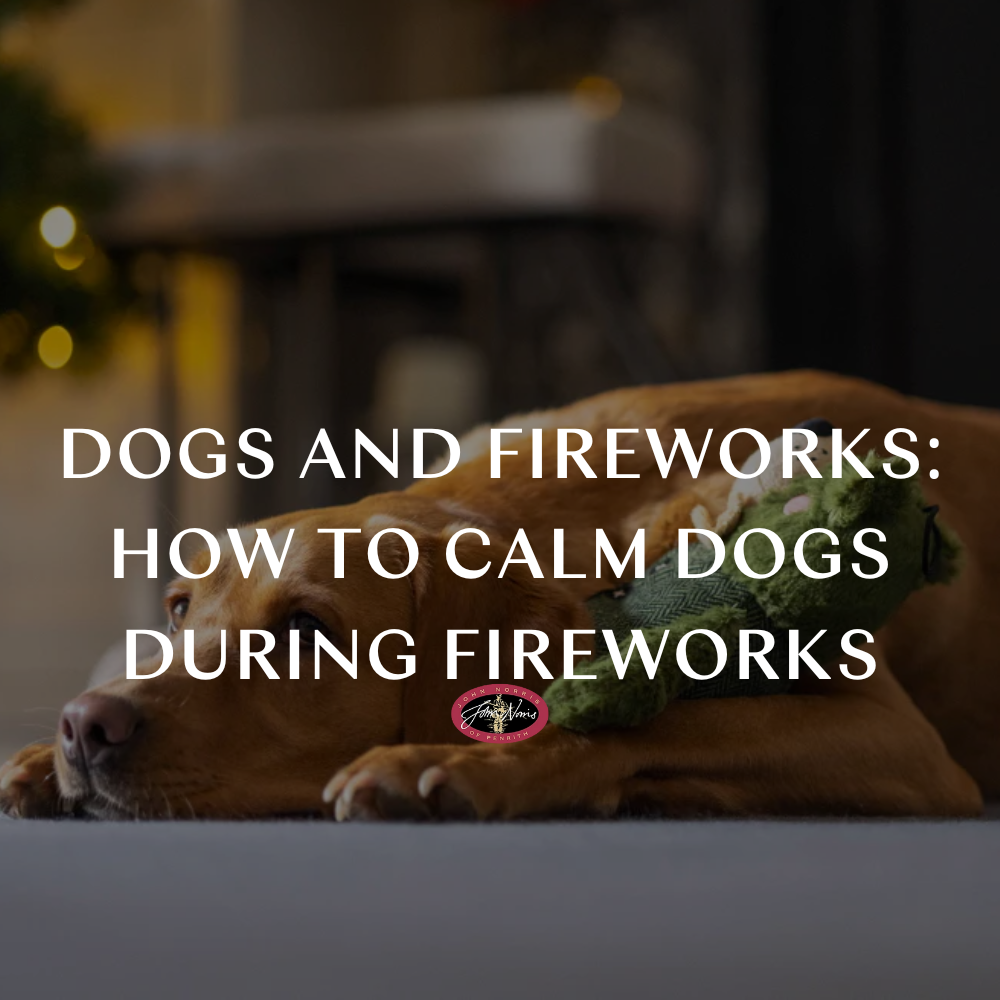Which are the Best Gundog Breeds for you?

Choosing a suitable gundog breed for family life and your needs in the field can be tricky. From Labrador Retrievers to Hungarian Vizslas, below we discuss how the strengths, characteristics and temperaments of different gundog breeds might align with your lifestyle. Once you have an idea of the best fit, we’ll discuss the training every gundog needs to become a loyal working companion.
What is a Gundog?
Gundogs are versatile and hardworking dog breeds that work alongside their owners out in the field. They assist hunters by performing specific tasks that other top hunting dogs are unable to do, such as pointing, flushing, or retrieving game. Different gun dog types have strengths that are uniquely suited for different challenges.
Top Hunting Dogs and Gundog Types
German Shorthaired Pointer
The German Shorthaired Pointer is a noble and powerful-looking gundog with a streamlined frame and a short, dense coat. This medium-sized dog is renowned for its athleticism and affectionate nature, possessing a strong desire to please. They have high energy levels, requiring plenty of exercise to prevent boredom and destructive behaviours, whether that be a long country walk or a shooting trip. Their strong hunting heritage means they excel at pointing, tracking and retrieving game on land and water. To channel their inherent skills and intelligence, they must have varied and consistent training from a young age.
Hungarian Vizsla
The Hungarian Vizsla is an elegant gundog breed with a distinctive russet-gold coat and a graceful, lean build. Coined 'Velcro Dogs', they are lively and affectionate with a strong desire to be close to their owner. They can be marvellous family dogs but need plenty of physical and mental stimulation, possessing high energy levels and a strong drive. Consistent training could hone their natural hunting instinct for pointing, tracking, and retrieving.
Springer Spaniel
Springer Spaniels are the quintessential British gundogs, renowned for their electric energy and tireless performance. Originally bred to ‘spring’ or flush out game, they have exceptional scenting ability and an insatiable desire to work. They are the perfect addition for active families, possessing a happy, outgoing personality and affectionate nature. Their limitless enthusiasm means they need firm, consistent training from an early age to ensure they remain well-behaved in the field and at home.
Cocker Spaniel
Cocker Spaniels are small to medium-sized gundogs with thick, wavy coats and ever-wagging tails. They are affectionate and playful, forming strong bonds with their families that can lead to separation anxiety if they become separated from the pack. Early training and socialisation channels their receptive intelligence, cultivating excellent working dogs that can flush and retrieve game.
Weimaraner
The Weimaraner is a large gun dog species that is often dubbed the ‘Gray Ghost’ because of their distinctive silvery-grey coat and stealthy, catlike hunting style. Their exceptional stamina, intelligence, and athleticism make them excellent hunting companions, but they can become independent and stubborn without proper leadership. Consistent, positive training from a young age tames their strong prey drive, improving responsiveness in the field.
Golden Retriever
Golden Retrievers are known for their lustrous gold coats and affectionate, outgoing nature. They are loyal, gentle, and one of the easiest gundog breeds to train, making them a popular choice for first-time dog owners and experienced handlers alike. Eager to please, Golden Retrievers make loving family pets and capable working dogs with their strong work ethic. During training, they respond well to positive reinforcement and being around their owners.
Labrador Retriever
Labrador Retrievers are one of the most popular gundogs in the UK, and it’s easy to see why! They are medium to large dogs with a short, dense coat and a characteristic ‘otter’ tail. Their friendly and outgoing spirit pairs with hyper-intelligence, making them extremely versatile workers. They can be trained as service dogs, search and rescue dogs, therapy dogs and, of course, gundogs, with an instinct for retrieving shot game on land and in water.

These gundogs are some of the most versatile and hardworking dogs available today. Whether you're looking for a hunting companion or an affectionate family pet, these breeds offer a broad scope of characteristics, from athleticism and intelligence to loyalty and trainability. Each breed has its own strengths and training needs, but with consistency and patience, they all can become dependable, skilled working dogs.
Gundog Puppy Training Handbook
We’ve developed a step-by-step training handbook that will channel the intelligence and drive of gundog puppies. It outlines a comprehensive training plan by age, with detailed techniques and top tips for nurturing a strong and reliable working companion.
8–10 Weeks: Bonding & Basic Obedience
Focus: Building strong connections of trust and confidence between owner and gundog puppy that encourages basic engagement.
Techniques:
· Name Recognition: Cheerfully say your puppy's name and reward them when they look at you.
· Crate Training: Make the crate a positive space by laying down soft bedding and feeding meals inside.
· Gentle Handling: Regularly handle paws, ears, and tails to build their comfort with touch.
10–12 Weeks: Sit, Stay, Recall
Focus: Laying the foundation of control by embedding structure into daily life and play.
Techniques:
· Sit: Lure your gundog puppy into a sitting position with a treat.
· Stay: Command "sit," show an open palm, and step back before rewarding your pup.
· Recall: Use a happy voice or whistle and reward quick returns.
12–14 Weeks: Lead Walking & Place Board Training
Focus: Develop your gundog puppy’s attention to establish position control.
Techniques:
· Loose-Lead Walking: Reward your puppy if they walk beside you and stop if they start to pull.
· Place Board Training: Lure your puppy onto a raised board, say "Place," and reward them for staying on it.
14–16 Weeks: Retrieve Basics
Focus: Building drive and encouraging good habits for future retrieving.
Techniques:
· Short Retrieves: Roll a soft toy a short distance and encourage return.
· Delivery: Sit calmly and encourage your gundog puppy to deliver the item into your hands.
16–20 Weeks: Whistle Commands
Focus: Beginning distanced control by establishing and practising whistle cues.
Techniques:
· Recall Whistle: Pair 2-3 peeps with treats during recall practice.
· Stop Whistle: Blow a single long peep when your puppy sits and reward any instant sits.
20–24 Weeks: Memory & Marked Retrieves
Focus: Strengthening focus, marking skills, and distance memory.
Techniques:
· Memory Retrieves: Throw a dummy, walk away, and then send your gundog puppy back to retrieve it.
· Marked Retrieves: Allow your puppy to watch the throw and retrieve on command.
24–28 Weeks: Directional Training
Focus: Teaching navigation through remote hand signals.
Techniques:
· Left, Right, and Back Commands: Use clear arm signals with treats or dummies placed at different angles.
28–32 Weeks: Hunting & Cover Work
Focus: Building sensory abilities through independent searching in a controlled area.
Techniques:
Hunting Game: Toss a dummy into some light cover before releasing your puppy. Use "Hunt!" commands to encourage nose use.
32–36 Weeks: Blind Retrieves & Advanced Steadiness
Focus: Strengthening trust and obedience under pressure and at a distance.
Techniques:
· Blind Retrieves: Send your pup to a hidden dummy using cues.
· Steadiness Training: Have your puppy watch dummies thrown and make them wait for your release.
36–40 Weeks: Field-Like Scenarios & Distraction Training
Focus: Prepare your gundog for working conditions or trials by proofing their skills under real-world conditions.
Techniques:
· Simulated Field Setups: Practice retrieves with distractions, like other dogs, sounds, and varied terrain.
Final Tips for Success
- Keep training sessions short and positive.
- Always end sessions on a high note.
- Progress at your puppy's pace without rushing their development.
- If there are consistent mistakes, step back, review drills and simplify them if necessary.
Training a gundog puppy is about building a partnership that balances trust and control. Following our guide with consistent practice and patience will develop a skilled and reliable companion in the field and a well-behaved and affectionate friend at home. Check out our range of Gundog training essentials in-store or online at John Norris to find everything you need.















